The average quarterly price at its lowest since the third quarter of 2016
Motor insurance premiums have fallen to their lowest quarterly level for four years mainly because people have been undertaking fewer journies amid the Covid-19 lockdown, according to the ABI.
The average premium paid in the second quarter of the year was £460, figures from the ABI’s Motor Insurance Premium Tracker showed.
The key findings were:
- Premiums £14 lower than the first quarter of 2020
- Down £9 year on year, with Q2 the lowest average since Q3 2016
The Tracker looks at price consumers have paid rather than the amount quoted.
Commenting on the figures, ABI general insurance policy adviser Laurenz Gerger said: “Our latest motor premium tracker clearly shows that motorists have been benefiting from reduced road accident frequency during lockdown.
”In addition to the average premium falling to the lowest level in years, motor insurers have provided extra support to their customers by waiving any requirements to extend cover for millions of workers who may need to drive to different locations, and people who want to help their communities by transporting medicines or groceries to support those affected by coronavirus.
“However, continued cost pressures, including rising repair bills and the delay in introducing personal injury reforms, mean that motorists will need to continue to shop around to get the best deal for their needs.”
Earlier this month the Confused.com Car Insurance Price Index also reported similar figures. Its figures showed that average premiums had fallen 5% quarter on quarter.
But Graham Wright, UK lead of P&C personal lines pricing at Willis Towers Watson warned that the post-lockdown pricing landscape was unpredictable.
”As we emerge from lockdown and roads become busier, insurers are attempting to predict claims and adjust prices before the full impact of Covid-19 on both medium and long-term frequency and severity trends is known,” he said.
“Whilst there are trends that simultaneously point to both higher and lower levels of driving than before – such as less use of public transport balanced with more working at home – a further headache is estimating the impact on severity from broken repair supply chains, more cyclists on the roads and recessionary trends.”
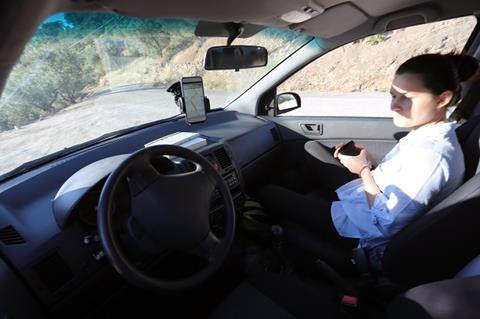
Hosted by comedian and actor Tom Allen, 34 Gold, 23 Silver and 22 Bronze awards were handed out across an amazing 34 categories recognising brilliance and innovation right across the breadth of UK general insurance.




















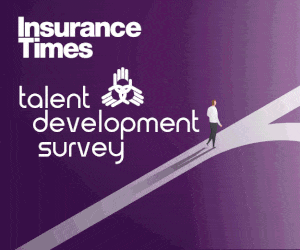
















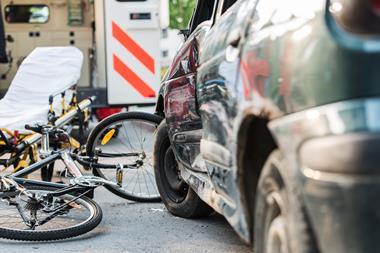
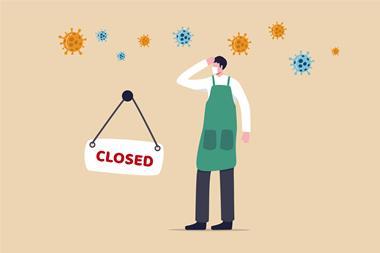

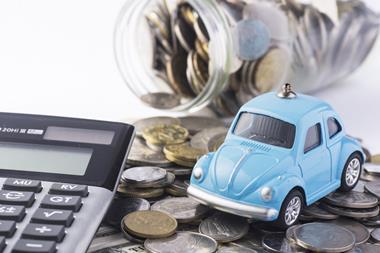





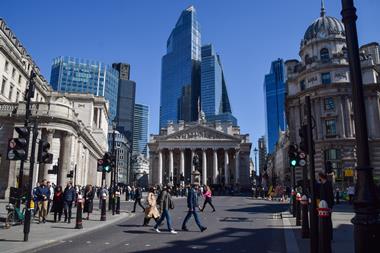




No comments yet